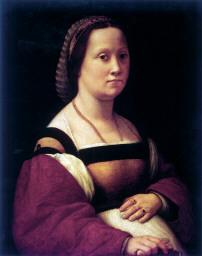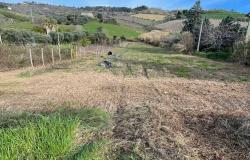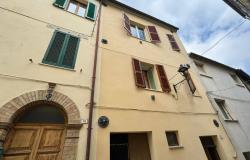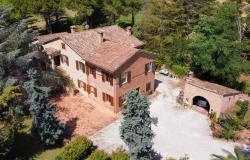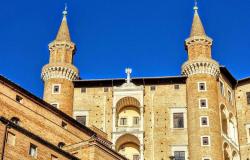An exhibition opening here this spring explores the lifelong relationship between this Marche town and the art of its most famous son, Renaissance master Raphael Sanzio.
Born in Urbino in 1483, Raphael finished his training by the age of 17, and quickly created a series of important art works for his hometown.
Although he left at the age of 21, Urbino and its artistic milieu left a lasting mark on Raphael's work.
The exhibition sets out to explore the two-way exchange between Raphael and Urbino, looking at how each influenced the other.
''This show will explain Raphael in the context of Urbino, not just as his birthplace but as a town that played a vital role in his training,'' said Marche culture chief Lorenza Mochi Onori.
''Urbino remained an essential point of reference for the artist throughout his life, which can be seen in the fact he always signed his works 'Raphael Urbinas'''.
The main attraction will be 20 paintings and 19 drawings by a young Raphael.
These include 'The Resurrection of Christ', on loan from the Sao Paolo Museum in Brazil, 'The Holy Family with a Lamb' from the Prado in Madrid, and a section of an altarpiece showing the bust of an angel, from Brescia.
In addition, the exhibit will also feature 32 paintings and 10 drawings by artists close to Raphael.
The work on display includes pieces by Raphael's father Giovanni Santi, who was court painter to the duke of Urbino and owned a busy workshop.
The third section features a collection of locally produced Renaissance ceramics bearing images by Raphael. Of particular interest here is a rare ceramic created using an original design by Raphael rather than an engraving.
Raphael's vocation for art was apparent at an early age, and he is thought to have played an important role in his father's workshop.
His duties probably increased after his father's death in 1494, although he later trained under Umbria master Pietro Perugino.
Raphael was considered fully trained by 1501 and his first documented commission was an altarpiece for a church in Citta' di Castello, a town halfway between Perugia and Urbino. Over the next few years, he painted a series of works for churches in Urbino, many of which still survive.
In 1504, he moved to Florence for four years before spending the final 12 years of his life in Rome, where Pope Julius II commissioned him to decorate four rooms in the papal apartment, now known as the Raphael Rooms.
The exhibition, entitled 'Raffaello e Urbino', will run at the Galleria delle Marche in Urbino from April 5 until July 12.
